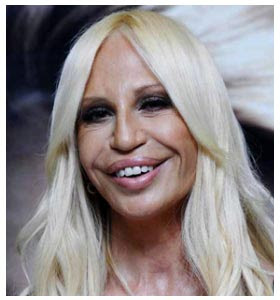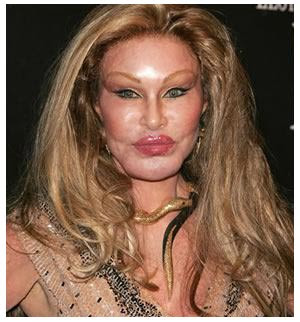Bad Revision Rhinoplasty
Revision rhinoplasty is a surgical procedure designed to repair both form and function of a nose that has previously been operated on. Many people have difficult breathing from their nose or are dissatisfied with the cosmetic appearance of their nose as a result of prior nasal surgery. In fact, many patients have had several unsuccessful nasal surgeries, even as many as six or seven prior procedures. Because rhinoplasty is one of the most difficult of all plastic surgery procedures, there is a large need for secondary surgeries. Further, this procedure tends to be an even more complicated procedure than primary rhinoplasty, making it essential that patients find a sufficiently qualified and experienced surgeon. Good candidates include physically healthy men and women who are realistic in their expectations and are unhappy with the results of a prior rhinoplasty procedure.
It often takes place in a surgeon’s office-based facility and may be performed with either general anesthesia or a combination of local anesthesia and sedation. The procedure tends to take longer than primary rhinoplasty, which can take one to two hours to perform. Incisions may be confined to the inside of the nose (closed rhinoplasty) or may involve an additional small incision under the tip of the nose (open rhinoplasty). There are times when open rhinoplasty is preferred because it can offer better exposure and an overall better results. Other times, however, closed rhinoplasty is sufficient.
Once the incisions are made, the skin of the nose is separated from the underlying bone and cartilage. What occurs next will depend upon the particular case. Cartilage may be repositioned or missing structures may be replaced. When the desired result is achieved, the skin is then redraped over the new framework and the incisions are closed. Revision rhinoplasty procedure tend to involve less pain and bruising than primary rhinoplasty. Any discomfort that patients do experience can be controlled with pain medication. The splint and stitches are typically removed within six to seven days. Bruising and swelling will occur and, though much of the bruising will have faded by about the tenth day, it can take up to a year for all of the swelling to fully fade. Most patients are able to return to work in about a week, though more strenuous activities will need to be avoided for two to three weeks and patients should avoid bumping or jarring the nose or getting a sunburn for eight weeks.
As with all types of surgery, there are potential complications associated with revision rhinoplasty and these may include the following: adverse anesthesia reactions, excessive scarring, prolonged swelling, pulling of the nose to one side, small burst blood vessels, and the need for additional surgery
I Found Some Bad Rhinoplasty Pictures While Surfing Around The Internet.....
Look at them and Have Your Say...

Once the incisions are made, the skin of the nose is separated from the underlying bone and cartilage. What occurs next will depend upon the particular case. Cartilage may be repositioned or missing structures may be replaced. When the desired result is achieved, the skin is then redraped over the new framework and the incisions are closed. Revision rhinoplasty procedure tend to involve less pain and bruising than primary rhinoplasty. Any discomfort that patients do experience can be controlled with pain medication. The splint and stitches are typically removed within six to seven days. Bruising and swelling will occur and, though much of the bruising will have faded by about the tenth day, it can take up to a year for all of the swelling to fully fade. Most patients are able to return to work in about a week, though more strenuous activities will need to be avoided for two to three weeks and patients should avoid bumping or jarring the nose or getting a sunburn for eight weeks.
As with all types of surgery, there are potential complications associated with revision rhinoplasty and these may include the following: adverse anesthesia reactions, excessive scarring, prolonged swelling, pulling of the nose to one side, small burst blood vessels, and the need for additional surgery
I Found Some Bad Rhinoplasty Pictures While Surfing Around The Internet.....
Look at them and Have Your Say...

Donatella Versace Bad Rhinoplasty








0 comments:
Post a Comment